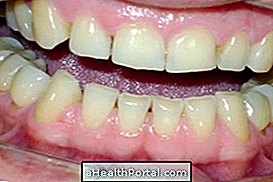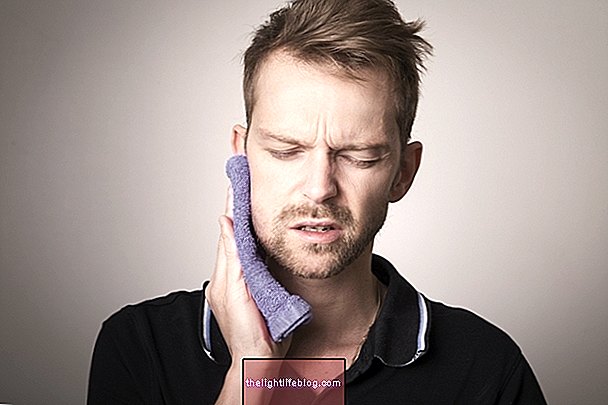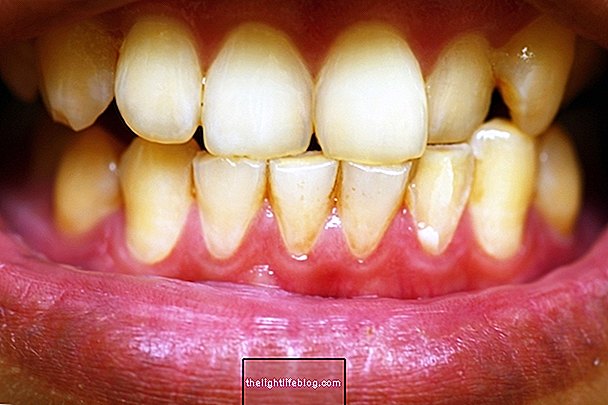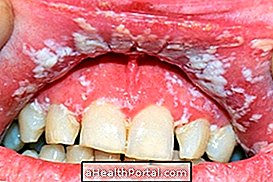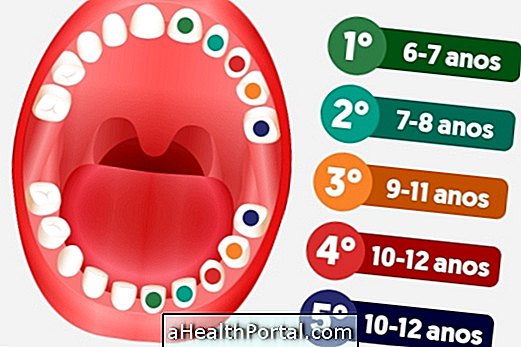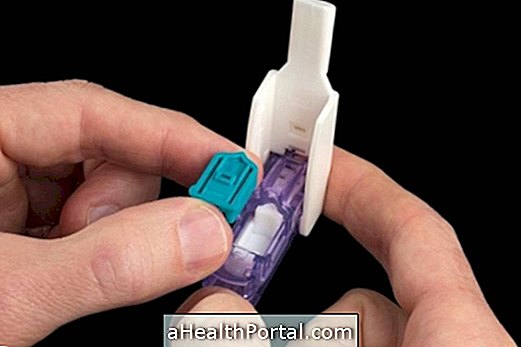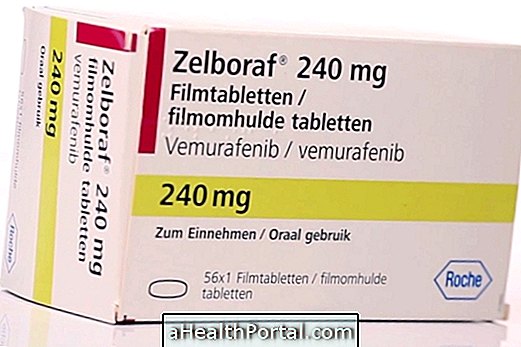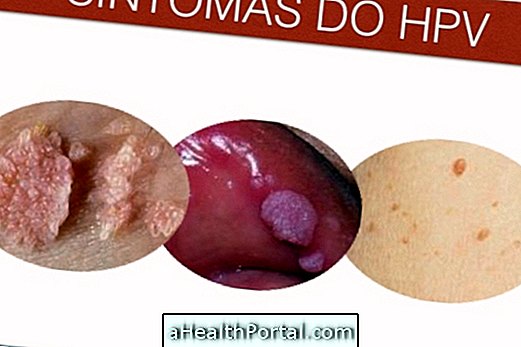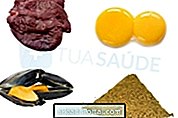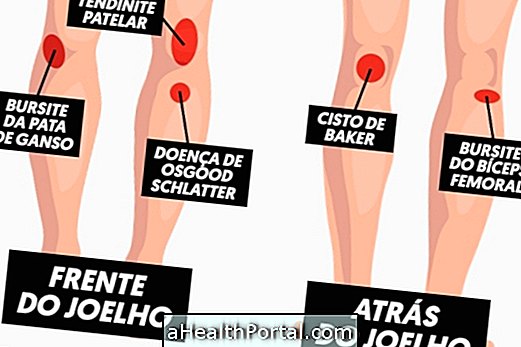Flossing is important to remove food scraps that could not be removed through normal brushing, helping to prevent the formation of plaque and tartar and decreasing the risk of cavities and inflammation of the gums.
It is recommended that flossing be done daily, 1 to 2 times a day, however ideally it should be used after all main meals. In addition, it can be used both before and after brushing, because if the wire is passed correctly, the result will always be beneficial for the health of the mouth.

How to floss
To correctly floss, the following steps are guided:
- Wrap the ends of the thread around the index fingers or middle fingers, after separating about 40 cm of thread;
- Introduce the thread between the teeth, using the support of the index and thumb fingers, in the case of wrapping the middle finger, or of the thumb and middle finger, when the thread is wrapped around the index finger;
- Pass the thread through each tooth, embracing it in a C-shaped movement. One should press on one side and then the other, and repeat the process 2 times for each side, on all teeth.
- Also pass the wire gently at the base of the tooth, which is important to remove the impurities infiltrated between the tooth and the gums;
- Remove the wire, in a backward movement, to take the rest of the dirt;
- Prefer to use a new part of the wire for each region to be cleaned, so that bacteria and plaque remnants are not passed from one tooth to the other.
Do not use too much force to introduce the wire, so that it does not hurt. In addition, if the gums are often swollen or bleeding, it may be a sign of gingivitis, so it is important to continue performing oral hygiene with the wire, brushing and rinsing, and schedule an appointment with the dentist. Learn how to identify and treat gingivitis.
How to floss with an orthodontic appliance
Whoever uses an orthodontic appliance must be very careful with cleaning the mouth, as the appliance retains many food scraps, so floss should also be used about 2 times a day.
To use dental floss, you must first pass the floss through the inside of the arch that connects the brackets, to then hold the wire with both hands, curl the ends with your fingers and do the entire procedure explained in step-by-step, repeating the process for each tooth.
As the dental floss is soft, to facilitate the passage of the dental floss behind the appliance, there is the Dental Floss, which is a harder tip, made of silicone, which helps guide the dental floss to the desired region. This is the sole function of the flosser, since then cleaning between the teeth is normally done with dental floss.
The wire Super floss it also facilitates the cleaning of the teeth, since the firmer rod helps to pass more conveniently behind the arch of the appliance, and then clean normally with the spongy or thinner strands of wire.

Types of dental floss
The main types of dental floss sold in pharmacies or supermarkets are:
- Multiple filament yarn: it is the most traditional, and there are several versions, with flavor, for example.
- Single filament yarn: it is thinner and flatter, with greater resistance, which prevents it from breaking or fraying during use, and is more suitable for people with teeth closer together who have more difficulty using the yarn.
- Thread Super floss: it is a yarn that has a firmer and more flexible part, another thicker and more spongy and one last with the normal yarn. It adapts to the opening of the teeth, being indicated for those who have larger spaces between the teeth or people who use orthodontic appliance and bridges.
Each person can adapt better to a type of dental floss and, therefore, there is no one that is more recommended than the other, however it is important to seek the guidance of the dentist to know which type would be the most suitable according to the characteristics of the teeth.
How to maintain good oral health
In addition to daily flossing, to keep your mouth clean, free from disease and stains, it is important to clean your tongue after brushing your teeth using a brush or tongue cleaner and brush your teeth at least twice a day. , using a soft bristle brush. Here's how to brush your teeth better.
In addition, it is recommended to avoid foods rich in sugar, as they favor the formation of cavities, and consult the dentist every 6 months or 1 year for a more thorough cleaning and health of the mouth to be evaluated.
It is also important to remember that those who use dentures or prostheses should also be careful to clean and brush them daily and, in addition, they must be well adapted to the mouth, to avoid the accumulation of bacterial plaque and the formation of wounds.
Check out more tips on flossing to prevent gingivitis, tooth decay and bad breath in the following video:

Was this information helpful?
Yes No
Your opinion is important! Write here how we can improve our text:
Any questions? Click here to be answered.
Email in which you want to receive a reply:
Check the confirmation email we sent you.
Your name:
Reason for visit:
--- Choose your reason --- DiseaseLive betterHelp another personGain knowledge
Are you a health professional?
NoMedicalPharmaceuticalsNurseNutritionistBiomedicalPhysiotherapistBeauticianOther

